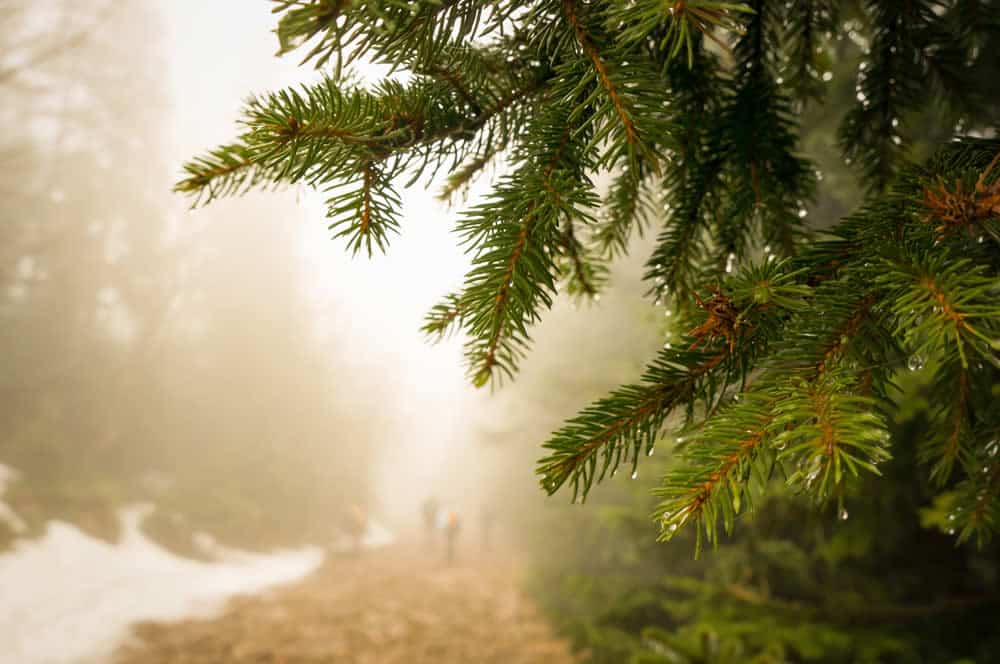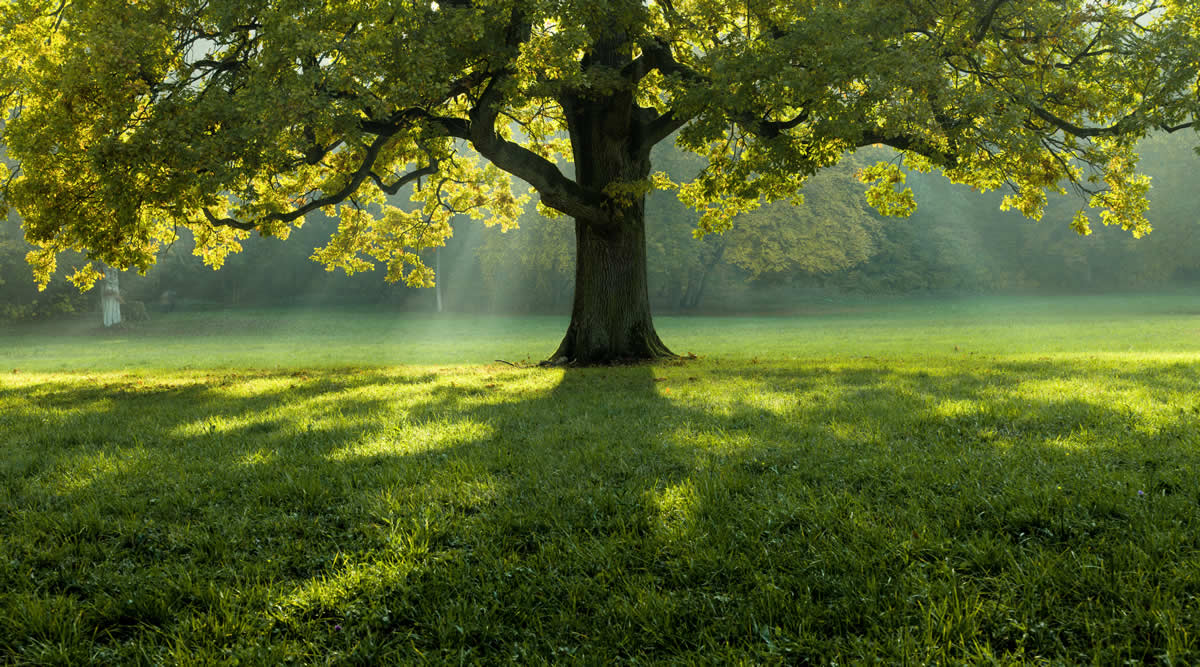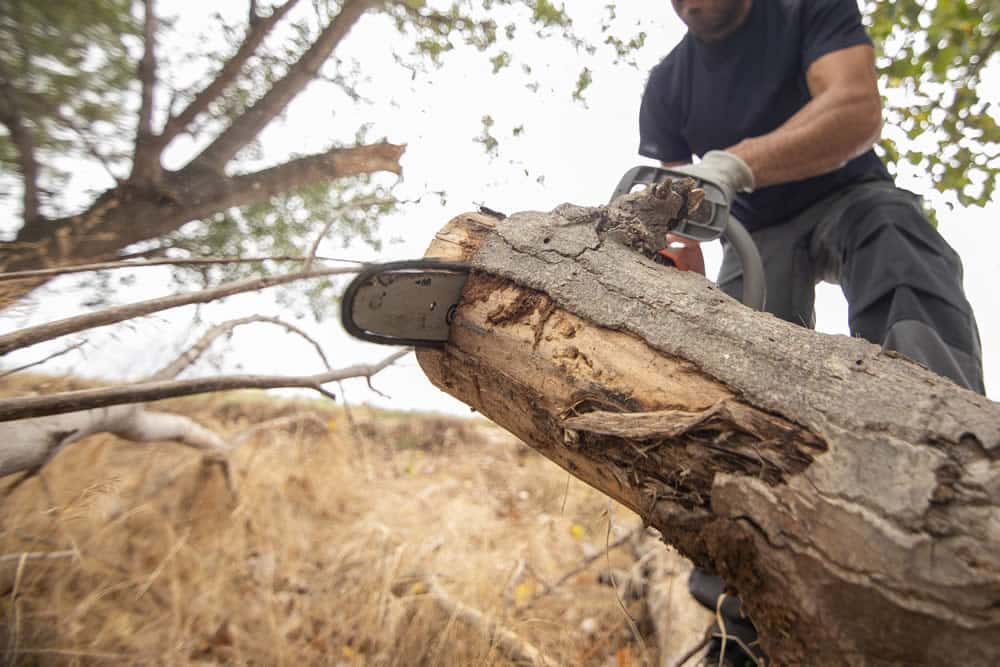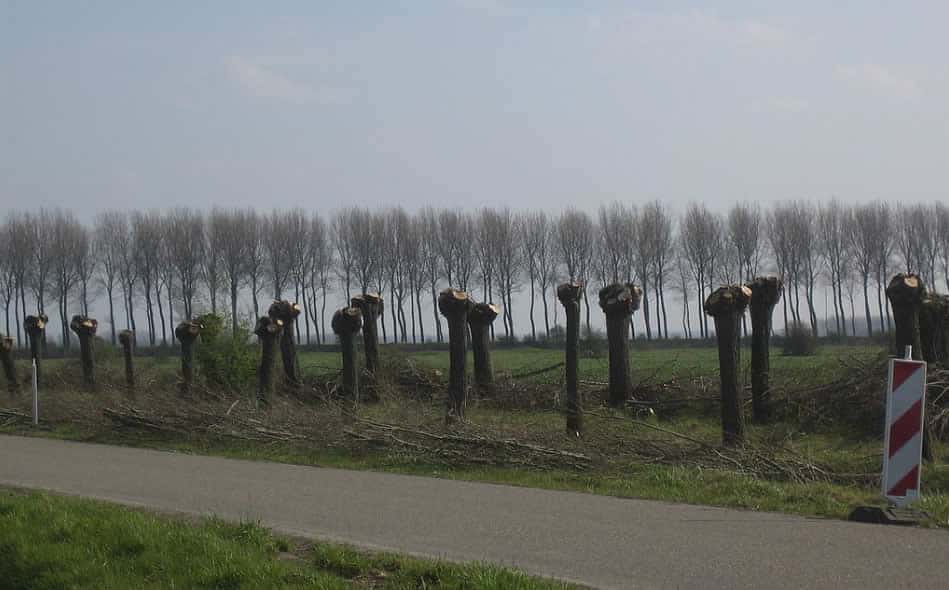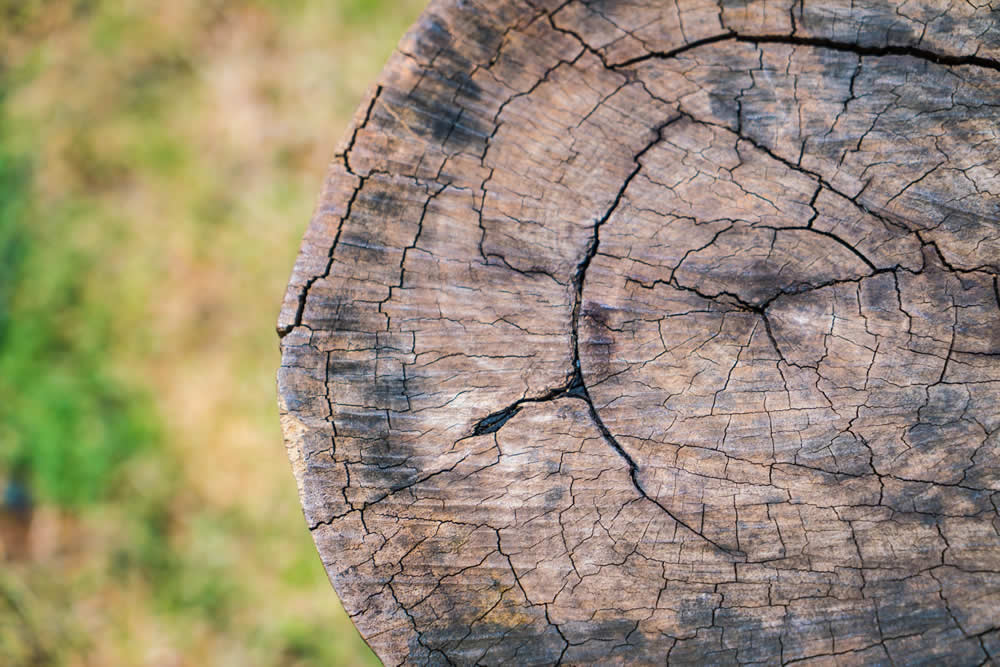There are several facts regarding the conifer tree you have never learned before and probably never heard. Conifer trees are common in various parts of the world, including Canada and other northern countries. These trees can serve several purposes daily, including food, shelter and even medicine.
Conifer is a large and diverse plant group that includes trees, shrubs, and other woody plants. Conifers are gymnosperms, meaning they produce seeds without pollination. The cones of the plants protect the seeds.
‘conifer’ originates from the Latin ‘conus’ (cone). There are about 600 different species of conifers in Australia.
Conifers are found in many habitats: rainforests to dry forests, alpine areas to deserts and coastal regions to high-altitude areas. Some of these habitats are very harsh environments with little water or poor soil nutrients.
Conifers can live for hundreds of years, some even thousands of years! They grow very slowly but can reach great heights over time due to their ability to photosynthesize at low temperatures and survive under challenging conditions.
Most conifers are designed to survive cold winters
Most conifers are designed to survive cold winters. They have thick, waxy needles that help prevent water loss from evaporation. It may seem counterintuitive, but the thicker the needle, the more water it can hold, and the longer it will stay green. This helps protect against frost damage. The needles also store energy in their tissues as starch.
Conifers also have a dense layer of inner bark that protects them from exposure to wind and cold temperatures. This layer is also essential for ensuring that the roots don’t freeze during winter months.
The cones on a conifer tree are designed to protect seeds during winter months. Even if they get damaged by frost or snow, they won’t break open until spring, when conditions are suitable for germination.
Coniferous trees form part of the taiga or boreal forest
Coniferous trees form part of the taiga or boreal forest, the largest terrestrial biome in the world. The taiga biome covers around 20 per cent of the Earth’s land surface and can be found in North America, Europe and Asia.
The taiga biome is characterized by long, cold winters. During this time, temperatures can drop to -40 degrees Fahrenheit (-40 degrees Celsius). Snowfall is common throughout the year, with extreme snowfalls occurring every ten years or so.
During summer, temperatures rarely rise above 85 degrees Fahrenheit (29 degrees Celsius). This season also sees abundant rainfall that provides moisture for the conifers’ root systems.
Most conifers are both male and female.
Most conifers are simultaneously male and female. This means they have male and female cones on the same tree. The male cone produces pollen, fertilizing the female flowers and producing seeds.
Most pine trees are monoecious, meaning they have separate male and female flowers on the same plant. In some cases, only one sex is present on each tree.
Conifers with separate sexes include:
Pines (Pinus) are usually dioecious with separate male and female trees; still, in some species, there are also monoecious individuals with both sexes present on each tree (e.g., Pinus resinosa).
Spruces (Picea) are usually dioecious with separate male and female trees. Still, in some species, monoecious individuals with both sexes are present on each tree (e.g., Picea abies).
Needles from pine trees can be made into tea.
Pine needles are high in vitamin C and have been used as a tea for centuries. The tea tastes like a cross between green and black teas, with a slightly sweet flavour. Pine needle tea is rich in antioxidants and has been used to treat respiratory and urinary tract infections, kidney disease, cancer, diabetes and digestive issues.
You can make pine needle tea by boiling 5 oz of pine needles in 3 cups of water for about 10 minutes. You can also use dried leaves if you don’t have fresh ones available.
Coniferous forests are clean.
Coniferous forests are known to be one of the most productive ecosystems on Earth. They cover an estimated 15% of the Earth’s land surface and are home to over 50% of all plant and animal species in North America.
Coniferous forests have been referred to as “green deserts” because they don’t have as much biodiversity as other types of forests. However, coniferous forests efficiently recycle nutrients and water through their ecosystem. This efficiency helps them maintain their high productivity levels despite relatively low biodiversity.
Coniferous trees shed needles that contain a high amount of nitrogen. The needles decompose quickly on the forest floor, providing nitrogen for other plant species. Conifers also absorb phosphorus from the soil through their roots, which helps other plants grow more easily by recycling this vital nutrient back into the soil when they shed their leaves in fall or summertime.
Scotland is home to several conifer species.
Scotland is home to several conifer species. It is one of the few places to find the mighty Caledonian Forest. This temperate rainforest was once widespread throughout Europe during the Mesozoic and Cenozoic eras. Today, it has been reduced to a few small patches and pockets.
The Caledonian Forest once covered much of northwest Europe and was home to many different species of plants and animals. It was most likely formed during the Late Devonian period around 370 million years ago when Scotland was situated further south than it is today and at a latitude similar to that of modern-day Scotland.
Scotland’s largest conifer species are Sitka Spruce (Picea sitchensis) and Douglas Fir (Pseudotsuga menziesii). Sitka Spruce is also native to Alaska, Canada, Japan and eastern Russia. At the same time, Douglas Fir is native only to western North America, where it grows in forests on wet sites such as river banks or floodplains.
Conclusion
Conifer trees are a diverse group of plants that play an essential role in many ecosystems. Here are some facts about conifer trees that you may not know:
- Conifers are the oldest type of tree on Earth. The oldest known living tree is a bristlecone pine, over 5,000 years old in California.
- Conifers are found all over the world, but they are most common in cold and temperate regions. They can be found in the Arctic, the mountains, and even some deserts.
- Conifers have needle-like leaves that help them to conserve water. The leaves are also coated in a waxy substance that helps to protect them from the elements.
- Conifers produce cones that contain their seeds. The cones are often shed in the fall, and the wind disperses the seeds.
- Conifers are an important source of timber. They are also used for other purposes, such as making paper, Christmas trees, and essential oils.
- Conifers are a vital part of many ecosystems. They provide food and shelter for wildlife and help regulate the climate.
Here are some additional facts about conifer trees:
- The word “conifer” comes from the Latin words “conus” (cone) and “ferre” (to bear), meaning “cone-bearing.”
- Conifers are a type of gymnosperm, meaning they have naked seeds.
- The cones of conifers can be huge. The giant sequoia cones can grow up to 2 feet long and weigh up to 50 pounds.
- Some conifers, such as the dawn redwood, are deciduous. This means that they lose their leaves in the fall.
- Conifers are an essential food source for many animals, including squirrels, birds, and deer.
- Conifers are also an essential source of medicine. The oil from the pine tree’s needles is used to make a medicine that can help relieve coughs and colds.
Conifer trees are fascinating and diverse plants that play an essential role in many ecosystems. I hope you enjoyed learning some new facts about them!
Are you looking for tree crown reductions in Wolverhampton? Get in touch today.

